Smartphones & Tablets | July 5, 2023
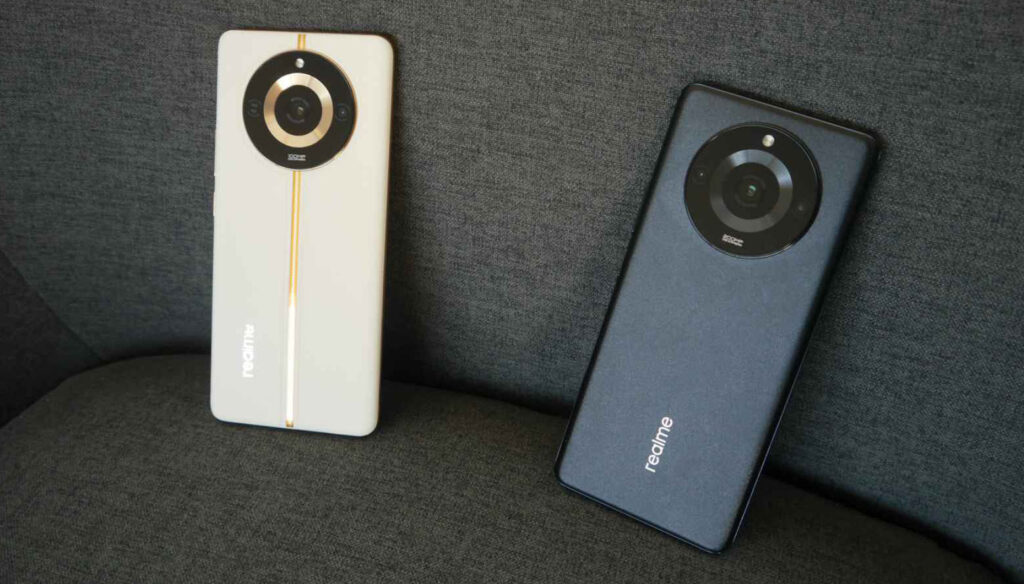
mobile phone sales are decreasing, but people are spending more money on them. This can be explained by the current economic situation, marked by inflation, as well as the improved quality of smartphone brands, which now last longer.
A decade ago, it was difficult to use a non-flagship phone for three or four years. There were exceptions, but they were rare. Nowadays, a mid-range device can serve its purpose for a much longer time, which partly justifies the higher cost. Additionally, people are less inclined to change their phones on a whim.
Today, we’re going to talk about the two new Realme phones, the Realme 11 Pro (€399) and Realme 11 Pro+ (€519), which the company has released in our country. These two phones are priced in line with expectations for mid-range devices but are much higher than the Realme 9 Pro and Realme 9 Pro Plus from two years ago. We’re not comparing them to the Realme 10 Pro and Realme 10 Pro+ because they weren’t released, although we did have the opportunity to analyze the latter exceptionally.
All mobile phones have seen price increases, which explains why we spend more per unit even though we buy fewer phones. However, in this analysis, we will determine whether the price hike is justified based on what Realme offers.
Let’s start with the strongest aspect of these phones—the design. Both models come in two versions: a very sober black color that can even be dull and another one finished in vegan leather with various tones, which we find exquisite. The designer behind this design is the Italian Matteo Menotto.
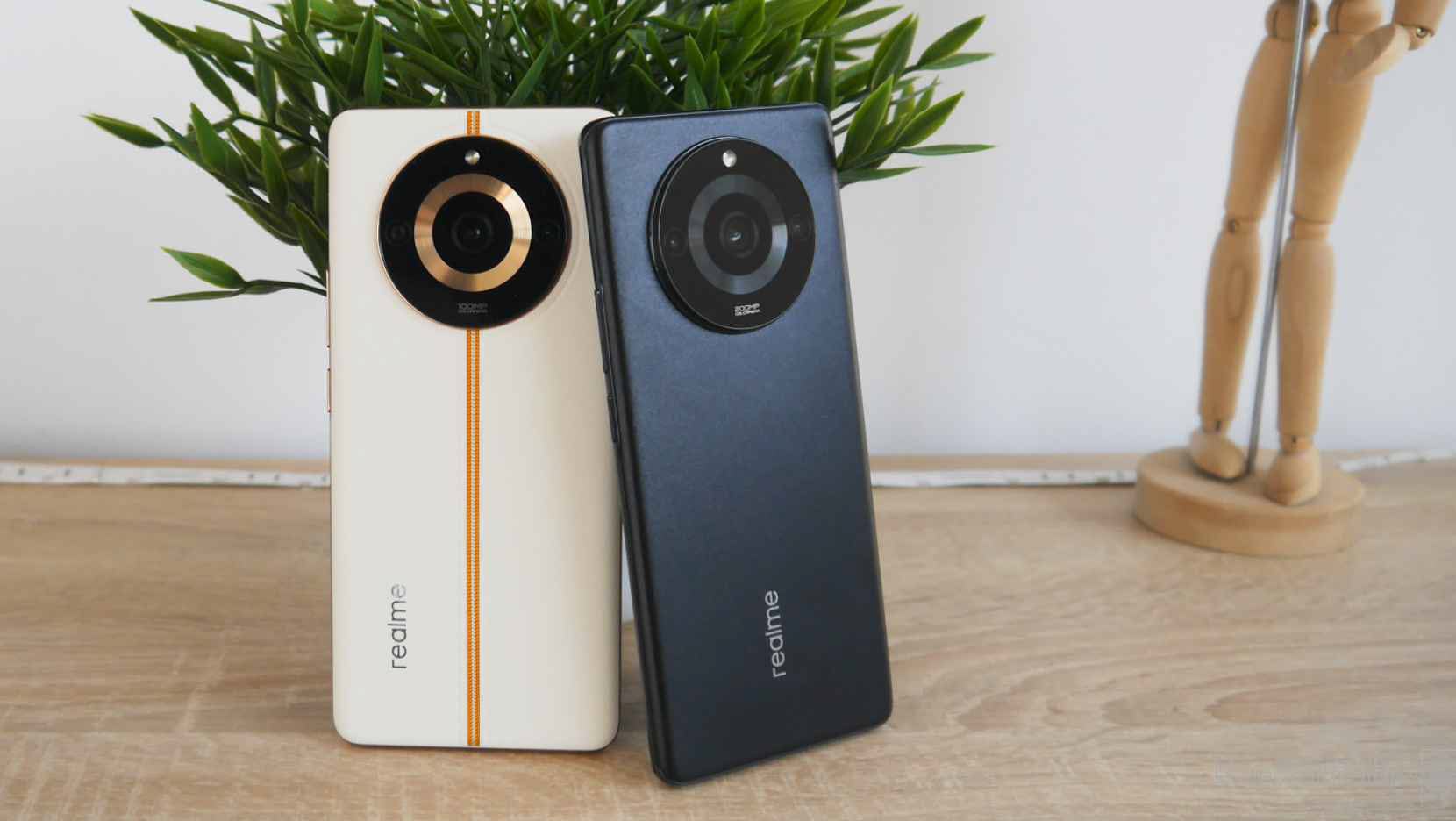
As you can see, the rear finish of the Realme 11 Pro unit we were provided with is beautiful. It imitates leather with a beige tone and a camera module with golden accents, matching the gold color of the phone’s frame. This camera module is black and stands out when looked at. The only other thing that stands out besides that is the Realme logo, which is not flashy this time. In fact, the silver tone almost conceals it.
The golden metallic frame houses the power and volume buttons, as well as the USB-C port and one of the two speakers—the main speaker. This smartphone has two speakers, with one of them located in the earpiece area. The only perforation is for the SIM tray, as there is no microSD card slot or headphone jack.
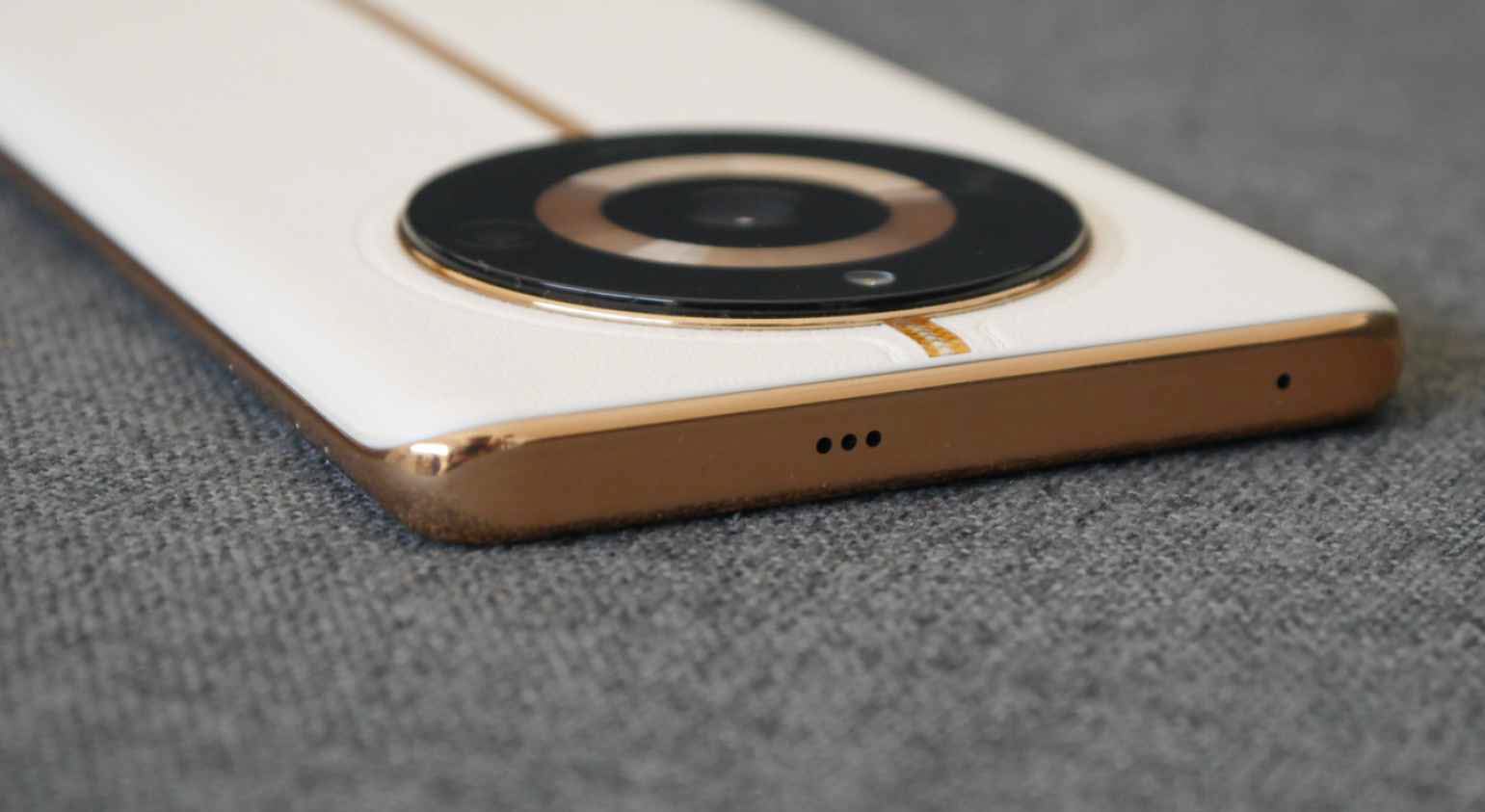
On the other hand, the Realme 11 Pro+ is entirely black, with a matte finish that feels good to the touch but, overall, seems much less striking than the other design. They are two very similar phones that appear to belong to different categories. Obviously, when buying one, we will choose the one we prefer, but in our opinion, the models with vegan leather finish are much more attractive.
Both models share one more thing—an incredibly lightweight. It’s remarkable how Realme managed to reduce the thickness and weight significantly, even with a 5,000 mAh battery. The camera module slightly increases the thickness, but since it’s centered, it doesn’t cause any vibration issues when placed on a table.
Before delving into the performance, it’s worth mentioning a secondary aspect. The vibration motors behave differently in both models, with the Realme 11 Pro offering a more pleasant experience, although obviously this is also a matter of personal preference.
Internally, there are no changes as both use the MediaTek Dimensity 7050 processor, a 6nm chipset with 5G connectivity and more than enough power for most tasks. In fact, we haven’t encountered any issues with power or performance in any of the things we’ve done, having spent over a week with both phones. Whether it’s gaming, working, responding to emails, messages, calls, using the camera… everything is fast enough to not miss having used another phone. However, we must admit that there are noticeable differences compared to the performance of more expensive phones, as expected.

The internal memory of both starts at 256GB, and we’re gradually seeing manufacturers move away from 128GB, which has been the norm in the mid-range for several years. There are differences in RAM, with 8GB in the case of the 11 Pro and 12GB in the case of the 11 Pro+.
Connectivity is on par with the mid-range, with Wi-Fi 6, Bluetooth 5.2, NFC with perimeter antenna for easier use… We don’t have expandable memory, infrared, or a headphone jack, as we mentioned.
Both new phones feature the same display, a 6.7″ panel with pronounced curvature on the sides. This is reminiscent of high-end models and helps give them a premium feel in the hand. That being said, not everyone will like it, but it seems that Realme didn’t want to make differences here. The resolution is FHD+, 2412×1080 px in both cases, with AMOLED technology, capable of displaying 1,000,000,000 colors and HDR10+.
The maximum refresh rate is 120 Hz, although they are not capable of lowering it to 1 Hz. The only thing that could have been slightly better to match more expensive models is the brightness, with a peak of 950 nits, but it is sufficient for outdoor use and for mid-range phones.

We didn’t like that the automatic brightness, at times, lowers almost to the minimum without apparent reason. It seems that there is some software issue because Realme usually doesn’t have flaws in this aspect. We must emphasize that we are testing two units that don’t have the final software yet, and it has been updated on occasions while we were analyzing it.
The biggest difference between these two phones lies in the camera department. Firstly, the number of cameras is not the same, and neither is the type of sensors, except for the macro which, as always, we’re going to overlook because it shouldn’t even exist.
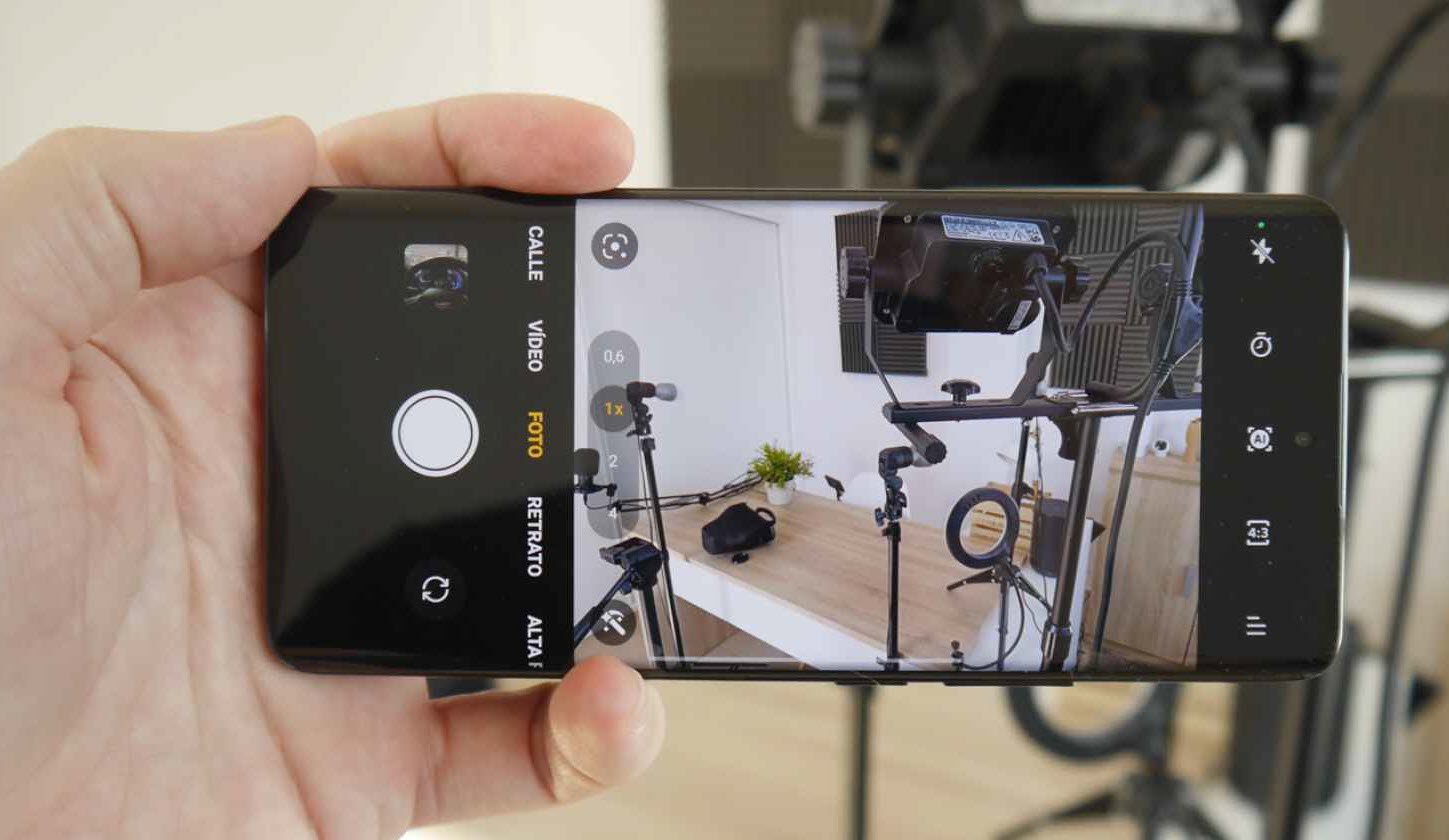
The Realme 11 Pro has a 16 MP front-facing sensor, while the Realme 11 Pro+ uses a 32 MP sensor. The difference in quality is not very pronounced, but there are differences. The Realme 11 Pro seems to define the edges more, with slightly higher contrast, while the Realme 11 Pro+ yields a result that is slightly less defined but more realistic at the same time. Both record front-facing footage with adequate quality.
On the back, there is a sensor that is the same, the 2 MP macro that we said we’re going to ignore. There is also another major difference: the Realme 11 Pro doesn’t have a wide-angle lens, whereas the 11 Pro+ has an 8 MP wide-angle lens. This decision may have been made because many people don’t use this camera, but it is quite surprising since the Realme 11 Pro is not a very cheap phone. As for the quality of this sensor on the 11 Pro+, it doesn’t match that of other models from OPPO, Google, or Samsung, clearly. The dynamic range is much worse than the main sensor, and the detail is also lower, partly due to its resolution.
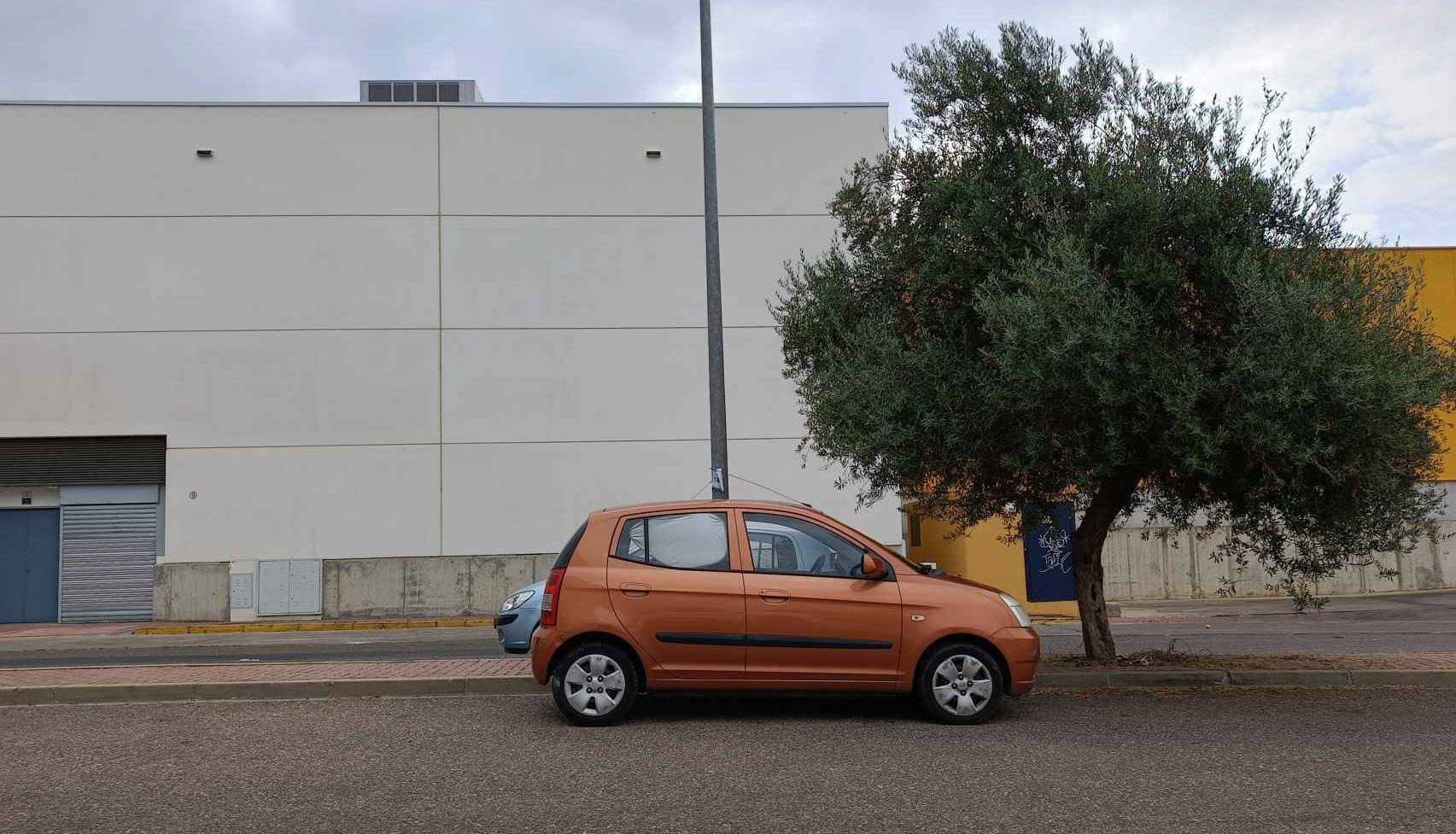
There are also differences in the main camera of both models, with 100 MP on the 11 Pro and 200 MP on the 11 Pro+. The Realme 11 Pro has a sensor that offers good quality, but as always in these cases, if we want to use the maximum resolution, we have to forget about HDR and post-processing on the phone. The difference in image size explains it, being around 5 MB when shooting with pixel binning at 12 MP and around 30 MB when shooting at 100 MP.
Something similar happens with the main camera of the Realme 11 Pro+, which goes from 5 to 45 MB when taking photos at 200 MP, with the same drawback of not being able to use HDR, post-processing, etc. We can also take photos with 2x and 4x hybrid zoom, although the quality is highly improvable, to be honest. In the case of the 11 Pro, we can only take photos with a 2x zoom, but once again, the quality is not particularly good.

As you can see, the camera aspect of these two models is not what we expected, especially after how much we liked the Realme 9 Pro+ and Realme 10 Pro+, the previous generations. Additionally, this already reveals part of our conclusion, which of these two phones is more recommendable.
The battery of both devices is the same, 5000 mAh, and as we mentioned, it is more than notable considering the weight and dimensions. There is an important difference between the two models, though, and that is, even though both come with a charger in the box, they are different. The reason is that the maximum fast charging of the Realme 11 Pro is 67W, while the Realme 11 Pro+ has 100W fast charging.
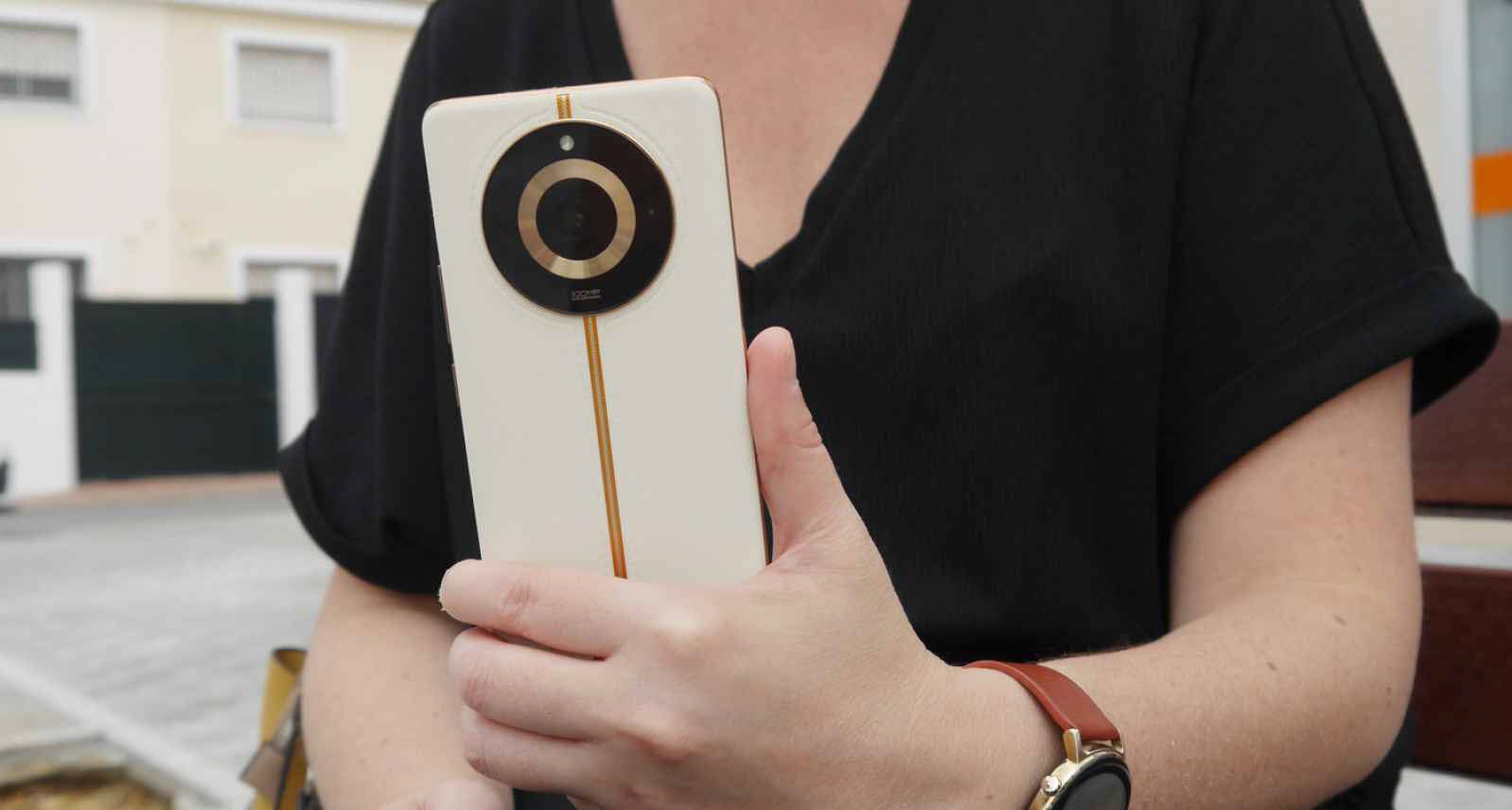
Regarding battery tests, we have achieved very respectable figures, with about 6 hours of screen-on time in around 30 hours of total usage. However, these numbers do decrease outdoors, but they are still more than good enough for a phone in this price range.
The only thing we miss is that the Pro Plus model doesn’t have wireless charging, especially now that we’re starting to see phones in this price range that do have it, such as the Nothing Phone (1) or the Pixel 7a. It would have been a good way to differentiate the two options we are testing even more.
The interface of Realme phones is the same as OPPO and OnePlus models for a few years now. What caught our attention is the enormous amount of pre-installed games and applications. It’s been a long time since we’ve seen something like this.
Realme’s update policy remains the same, which means these phones will receive two major updates, to Android 14 and Android 15, and one more year of security patches. Samsung still outperforms its rivals in this regard, and these two phones face strong competition from the Samsung Galaxy A54 and A34, which have very similar prices.

The behavior of the interface is good, and you can feel the influence, and resources, of OPPO here. It was a smart move to unify the three interfaces, even though they are still called by different names. Realme keeps some unique elements in Labs, such as the ability to use the fingerprint sensor to measure our heart rate.
When we started the analysis, we expected to find two similar phones, but not so alike. The biggest difference we found is in the design, and it’s irrelevant because both are available in the same colors, although we were sent one with vegan leather and another with a matte finish.
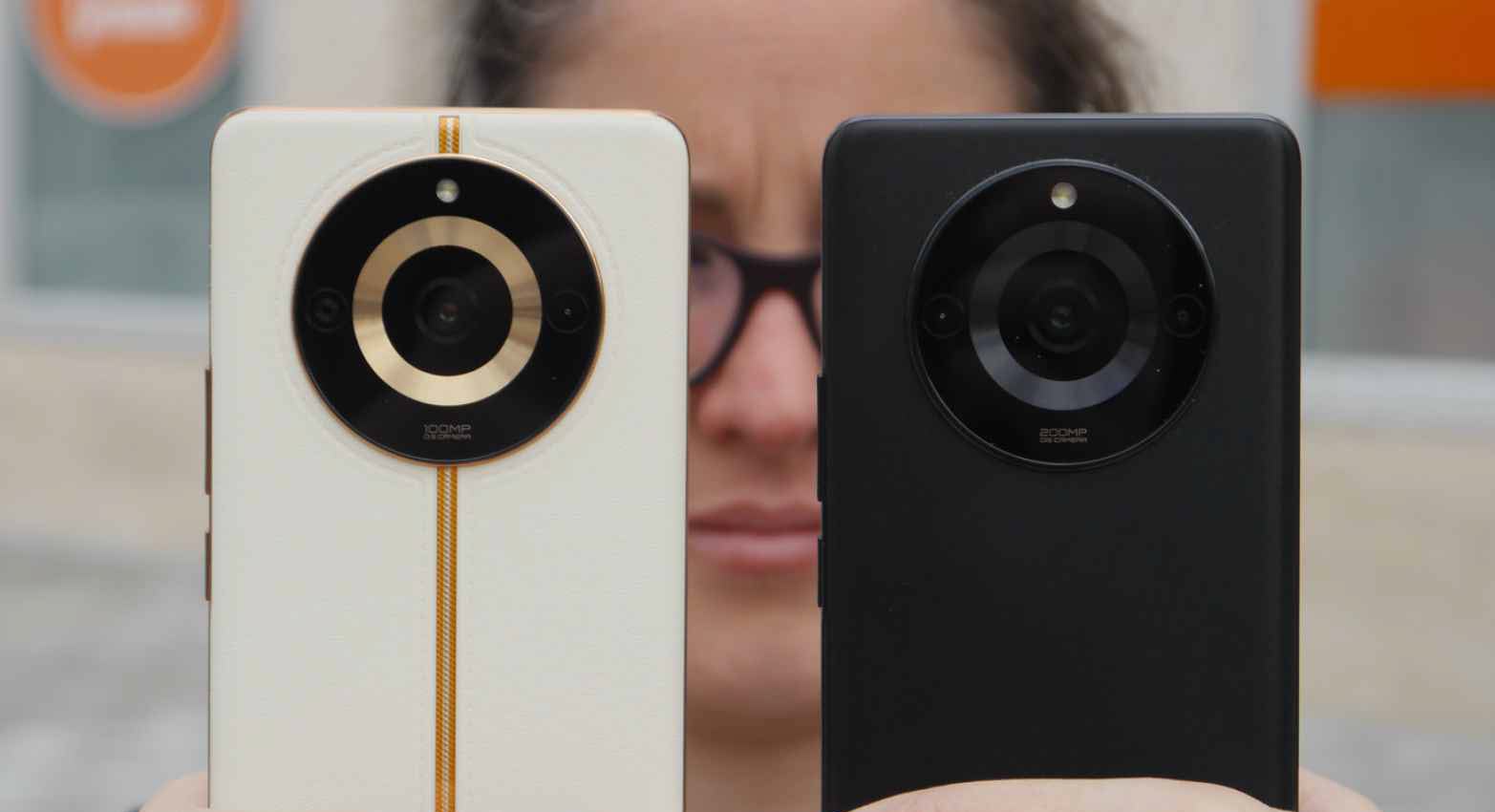
Considering the price difference and the fact that we can buy the leather version in both the realme 11 Pro and the realme 11 Pro+, we have to consider whether the higher resolution of the rear camera, the presence of the wide-angle lens, or the slightly faster charging matters to us.
The official price of the realme 11 Pro+ is 519 euros, but it is on sale for 469 euros from June 20 to 30. The price of the realme 11 Pro is 399 euros, and it is on sale for 359 euros during the same period.
Is the price difference worth it? Probably not, although it obviously depends on personal preference. Personally, I would recommend the realme 11 Pro with the vegan leather finish, but I must admit that a phone in this price range without a wide-angle lens seems like a glaring omission.